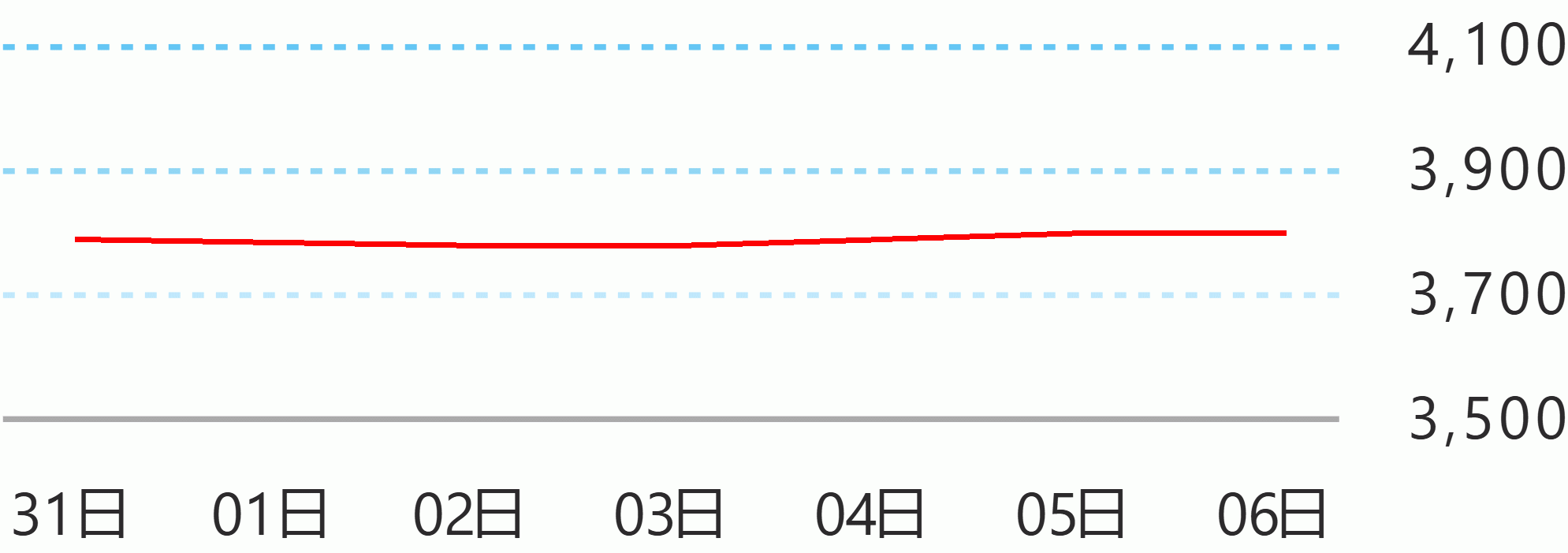By Robina Asido
SAN ANTONIO, Zambales -- President Ferdinand Marcos Jr. inspected the High Mobility Artillery Rocket System (HIMARS) of the United States as he witnessed the first joint Littoral live-fire between Philippines and American forces during the Balikatan exercise on Wednesday.
Marcos was welcomed by US and Philippine military officials before he boarded one of the US HIMARS at the Naval Education, Training and Doctrine Command (NETDC).
After inspection, Marcos witnessed the firing of six rounds of HIMARS and more than 30 rounds of 105 and 155mm artillery targeting decommissioned BRP Pangasinan (PS31), which was about 12 nautical miles away from the shoreline of the NETDC and around 235 km from Scarborough Shoal and a "Tomato Killer".
"The president watched the exercise and he understands the challenges that is entailed in doing a combined operation at this level and from that the appreciation of the president is what we came out with, " Balikatan spokesman Col. Michael Logico told reporters in a press conference during the activity.
Logico said Marcos "came away with a deeper appreciation for joint and combined operations" and asked a lot of questions about the weapons and the operation.
"That means that he is deeply interested in how we operate together," he said.
Logico added that Marcos asked "questions about the capability of the weapon systems, what's it intended for, also questions on the working of a combined operations, what are some elements that came up... and how the entire process of combined operations actually work."
Marcos who watched the exercise with his son, Ilocos Norte first district Rep. Ferdinand Alexander Marcos were not able to finish the activity as he left the NETDC onboard the presidential chopper after two hours or around 11 am.
"The president was really there for the HIMARS. He really wanted to see the HIMARS but since none of the HIMARS hit, he wanted to stay longer to also see the aviation assets. So he saw them and he was satisfied and then were able to explain to him the entire process of the command and control of the two joint task force. He ended actually very happy, with deeper appreciation in the exercise," said Logico.
"We explained to him that the next one to fire is the AFP (Armed Forces of the Philippines) Super Tucano the entire process will take him blocks of 30 minutes. So he decided that would too long for him to wait, so he said..and he really appreciated the exercise and then we said we just just stay complete the entire exercise," he added.
Logico explained that even before the exercise they were also not sure if the HIMARS will hit the target because "it is really a ground based and area weapon not a precision weapon."
"There were several factors also, first factor was that the PS31 was not anchored because of its depth of 6,000 feet so it was drifting and since it was drifting in the first round ... but the problem was that in between the first fire and the succeeding there were several interlopers," he said.
"One from in the air and one boat, that is why there was a delay and they have to recompute again and because of the drift and because of the drift it is really hard for them to hit the PS31," he added.
Logico said the activity which started around 9 am ended after an F-35 fighter jet delivered its laser guided bomb around 2:55 pm.
"It will not be fair to give all the credit to the US Air Force because a lot of the other aircraft and Navy ships also contributed to the sinking of the former BRP Pangasinan, but the one that delivered the final salvo is the F-35," he said.
Logico said before the F-35 fired its laser guided bomb the FA-50 also fired its AGM-65 rockets towards the PS31.
"We're not able to use the C-130 gunship because the ship sank around 2:55 pm and Major General (Marvin) Licudine (AFP Philippines Balikatan exercise director) terminated the exercise," he said.
Although the military war games between US and Philippines was held just 235 km away from Scarborough Shoal that is closely being monitored by China, Col Jackson Doan, US Marine Forces of the Balikatan Pacific Exercise, lead said the message of the joint drill "is not geared toward anything outside of the strong relationship and bond with the Philippines.
"The message is very simple and if I were to put it in layman’s terms, the Philippines and the US forces have been in a partnership since the Bataan Death March, from the time all the way to 38 iterations of Balikatan the Philippine forces and US forces have always been allies, and allies in a sense, in a very simplistic way of looking at is family," he said.
"We all know that nothing can break family and in the culture of Philippines and in the culture of United States sometimes family is everything, you may not see your family everyday, you may not talk to your family everyday but when your family calls you you respond and in this case, this family matters," said Doan.
According to the AFP approximately 1,400 Marines, soldiers, sailors, airmen and Coast Guardsmen from both countries took part in the training, which involved detecting, identifying, targeting and engaging a target ship using a variety of ground and air-based weapons systems.
“This training increased the exercise’s realism and complexity, a key priority shared between the Armed Forces of the Philippines and the US military,” said Lt. Gen. William Jurney, commander of US Marine Corps Forces, Pacific, and the US director for the exercise.
“Together we are strengthening our capabilities in full-spectrum military operations across all domains," he added.
This year's Balikatan marks its 38th and the largest iteration of the annual bilateral exercise between the Philippines and United States forces, with more than 17,600 participants. DMS





 English
English









